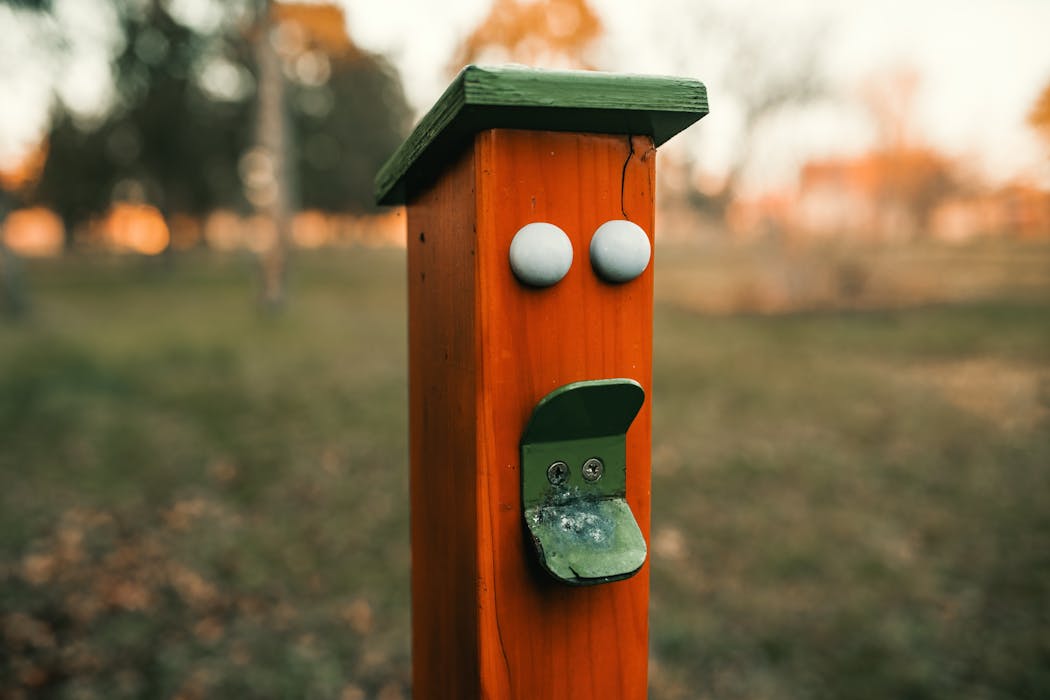
When you look at clouds, tree bark, or the front of a car, do you sometimes see a face staring back at you? That’s “face pareidolia” and it is a perfectly normal illusion where our brains spot faces in patterns that aren’t actually faces.
For most of us, these illusions are harmless. But my new research, published in Perception, suggests people with visual snow syndrome – a rare neurological condition that causes constant “visual static” – experience this phenomenon more strongly and more often.
This finding offers a unique window into how an overactive brain may amplify the erroneous illusory patterns it sees in the world. It also shows how perception isn’t a perfect mirror of reality.
What is visual snow syndrome?
Visual snow syndrome is characterised by the persistent perception of flickering dots, like television static, across the entire field of vision. People with the condition often report the dots never go away, even in the dark.
The cause of this syndrome remains unclear, but recent evidence points to hyperexcitability in the visual cortex, the region of the brain that interprets what we see. In essence, the neurons responsible for processing visual information may be firing too readily, flooding perception with noise.
Many individuals with visual snow syndrome also experience migraines, light sensitivity, afterimages or visual trails that linger after motion. These symptoms can make everyday visual experiences confusing and exhausting. Yet, despite growing awareness, the condition remains under-diagnosed and poorly understood.
Testing how ‘visual snow’ shapes perception
To test whether this hyperactive visual system changes how people interpret ambiguous visual input, our research team invited more than 250 volunteers to complete an online experiment.
Participants first completed a short questionnaire to determine whether they experienced symptoms of visual snow. They were then shown 320 images of everyday objects, from tree trunks to cups of coffee, and asked to rate, on a scale from 0 to 100, how easily they could see a face in each image.
In total, 132 people met the criteria for visual snow syndrome, while 104 formed a control group matched for age. We also tracked whether participants experienced migraines, allowing us to compare four subgroups.
The brain that sees too much
The results were striking. People with visual snow consistently gave higher “face scores” to each and every image than those without the condition. This suggests they were more likely to see faces in random textures and objects.
Those with both visual snow and migraines scored highest of all.
This pattern was remarkably consistent. In general, the groups agreed on which images looked most like faces, but the visual snow group reported seeing illusory faces more vividly.
In other words, the same objects triggered a stronger illusion.
The results align with earlier theories that the visual snow brain is hyper-responsive. Normally, our visual system generates quick, low-level “guesses” about what we’re seeing, followed by slower checks to confirm those guesses.
When that feedback loop is disrupted by excessive neural activity, an early “false alarm”, such as mistaking an object for a face, may be amplified rather than corrected.
Why migraine makes it stronger
Migraine and visual snow have been frequently linked, and both involve abnormally high levels of cortical activity. During a migraine, visual neurons can become hypersensitive to flicker, light and contrast.
Our data suggest that when migraine and visual snow occur together, the brain’s sensitivity to illusory faces increases even further. This may reflect a shared neural pathway underlying both conditions.
Future research could use this relationship to develop new diagnostic tools. Face pareidolia tests are quick, accessible, and could be adapted for children or nonverbal patients who can’t easily describe what they see.
A new way to understand perception
Face pareidolia isn’t a disorder — it’s a side effect of a perceptual system that prioritises social information. Evolution has biased our visual system to spot faces first and ask questions later.
For people with visual snow, that system may be dialled up too high. Their brains may “connect the dots” in visual noise, interpreting ambiguous input as meaningful patterns.
This finding supports the idea that visual snow is not just a vision problem but a broader disturbance in how the brain interprets visual input.
By understanding why some people see too much, we can learn more about how all of us see at all.
Why it matters
Visual snow syndrome is often dismissed or misdiagnosed, leaving patients frustrated. Linking the condition to a measurable illusion such as face pareidolia gives clinicians a tangible sign of the altered brain activity behind the symptoms.
It also humanises the experience. People with visual snow aren’t imagining their perceptions – their brains are genuinely processing the world differently.
Beyond diagnosis, this research contributes to a bigger question in neuroscience: how does the brain strike a balance between sensitivity and accuracy? Too little activity, and we miss the signal. Too much, and we start to see faces in the snow.
This article is republished from The Conversation, a nonprofit, independent news organization bringing you facts and trustworthy analysis to help you make sense of our complex world. It was written by: Jessica Taubert, The University of Queensland
Read more:
- How climate change can make people more likely to get into violent conflict
- Why we used to sleep in two segments – and how the modern shift changed our sense of time
- Sport and dance benefit from performance psychology – why does acting largely ignore it?
Jessica Taubert receives funding from The Australian Research Council.


 The Conversation
The Conversation
 People Human Interest
People Human Interest KCCI 8
KCCI 8 Raw Story
Raw Story AlterNet
AlterNet Verywell Health
Verywell Health Reuters US Top
Reuters US Top Greenville Journal
Greenville Journal AZ BIG Media Economy
AZ BIG Media Economy The Fashion Spot
The Fashion Spot The Daily Beast
The Daily Beast